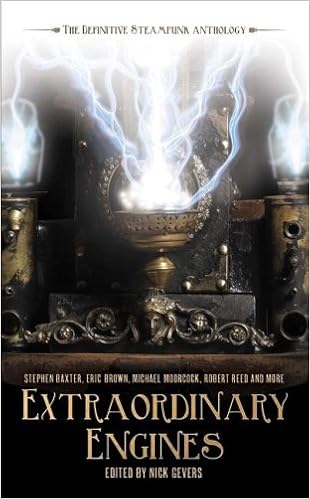
*Image and ebook provided by NetGalley in exchange for an honest review.
Summary:
Prof. John Pastor has studies the ecology of the North Woods for many years. In What Should a Clever Moose Eat? he presents a collection of essays that address the ecology of the North Words from the creation of its landscape by glaciers in the Ice Age to the current relations between species of plants and animals. There is also a section at the end dedicated to how fragile everything is and how we cannot fully know how Climate Change is going to affect everything.
Review:
At the very beginning of this book, Pastor says that he has attempted to write this book so that it is approachable and understandable to a wide audience of people, not just those who have degrees in natural sciences. As a humanities major, I greatly appreciated this and kept it in mind when I was reading. There were still a few essays where I did more skimming than reading, but overall, I do believe that Pastor achieved his goal of making this book a good read for even the uninitiated. Just as Pastor says about nature, "Nature is always more interesting than the hypotheses we first propose", so to is this book more interesting than a non-scientist would think.
The book is still pretty academic, but if you've spent any time in a forest, a lot of the essays are feel less so. Pastor talks a lot about little things that we've always noticed and maybe never thought much about (i.e. why some trees form smooth leaves and others jagged). Most importantly, Pastor talks about how everything in the North Woods is connected, though this may be more a consequence of nature being a web of connections than a purposeful way of writing.
In all, not all of the essays were able to keep my interest and there were times that the book felt like a chore to read, but I know I will not be able to look at trees the same way again. I will be filled with even more of a sense of wonder about them. Goodness knows, while reading this book, I started looking at the weeping willows on my way to work and wondering about how their long scraggly leaves had evolved. I also thought that I'd like to use this book for parents to help answer a lot of natural sciences questions their children may ask.
I happily give this book 4 hoots because it has changed the way I look at the world, in a good way.
Hoot!
Hoot!



